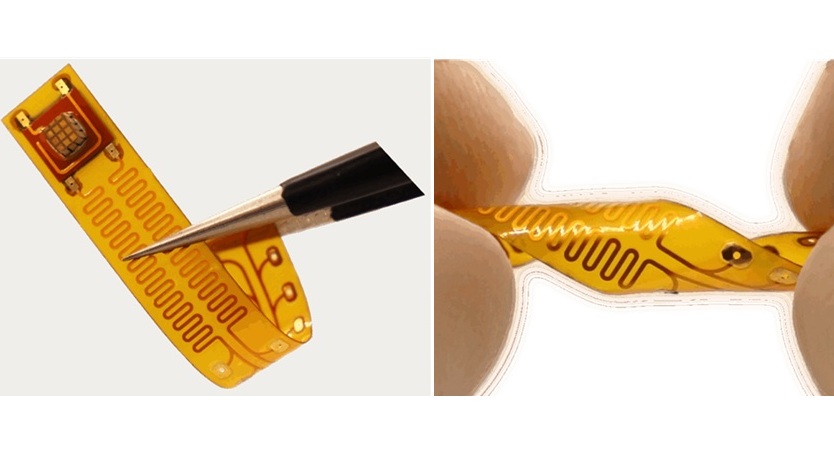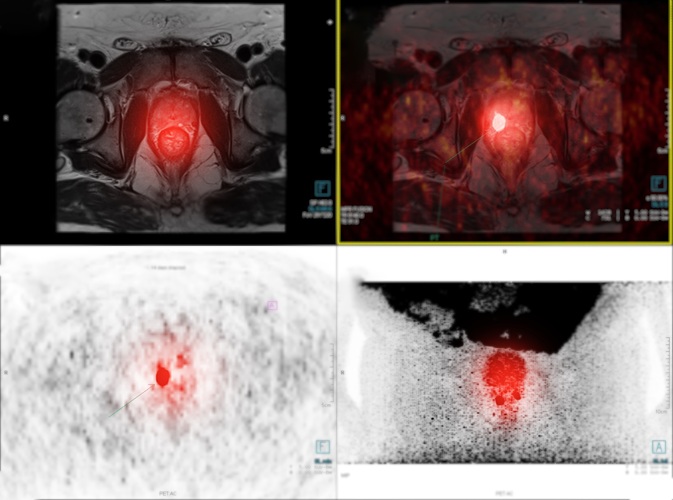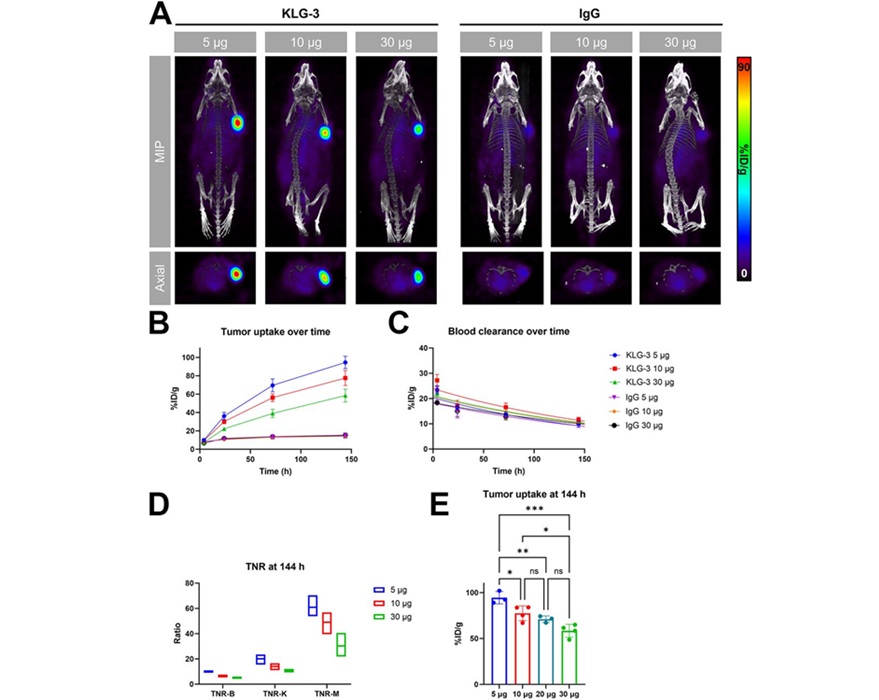Spacer Protects Healthy Organs from Radiation Exposure
|
By MedImaging International staff writers Posted on 14 Aug 2019 |
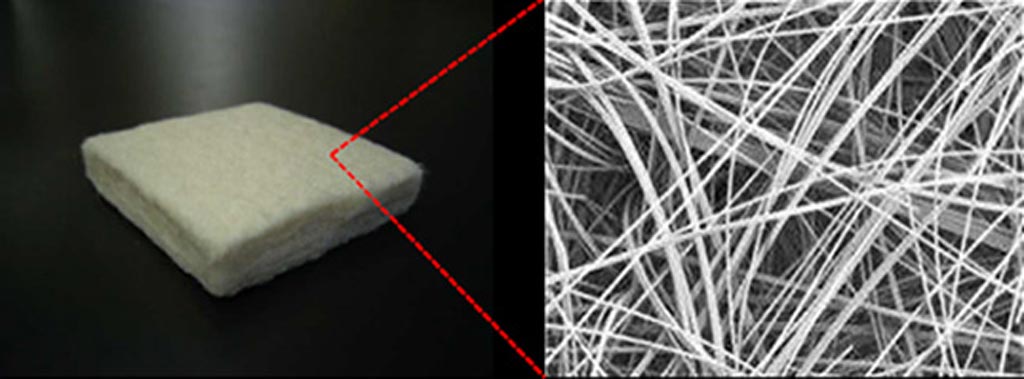
Image: A biodegradable polyglycolic acid spacer preserves healthy tissues during RT (Photo courtesy of Kobe University).
A bioabsorbable nonwoven fabric spacer creates a separation between healthy and cancerous tissues during particle therapy, according to a new study.
Developed by researchers at Kobe University (Japan) and Alfresa Pharma (Osaka, Japan), Neskeep is made of polyglycolic acid, a biodegradable, thermoplastic polymer characterized by hydrolytic instability owing to the presence of an ester linkage in its backbone. As a result, when exposed to the right physiological conditions, the spacer is degraded by hydrolysis. The degradation product, glycolic acid, is nontoxic, eventually excreted as water and carbon dioxide (CO2). A part of the glycolic acid is also excreted by urine. Neskeep is available in 5, 10, and 15mm nonwoven fabrics.
Following safety studies in animal models, a human trial involving five patients with malignant tumors in the abdominal or pelvic region--for whom particle therapy is difficult because of the proximity of normal organs to the cancer--was conducted at Hyogo Ion Beam Medical Center (HIBMC; Tatsuno, Japan). The results showed that the spacer preserved enough distance between the tumor and healthy tissue during the particle therapy, successfully reducing radiation exposure to the intestines. There were no serious complications observed, and the spacers safely disintegrated afterwards. The study was published in the August 2019 issue of the Journal of Surgical Oncology.
“In some cases, it can be difficult to apply particle therapy when malignant tumors are located near digestive tract organs sensitive to radiation (the small and large intestine),” commented Professor Takumi Fukumoto, PhD, and Professor Ryohei Sasaki, MD, PhD, of Kobe University. “Doctors currently use non-absorbent materials such as silicone balloons and Gore-Tex sheets to act as spacers in the abdomen and intestines, or they place the intestine or other organs outside the radiation field using an absorbent mesh.”
The degradation process of polyglycolic acid is erosive, during which the polymer is converted back to its monomer glycolic acid: first water diffuses into the amorphous (non-crystalline) regions of the polymer matrix, cleaving the ester bonds; the second step starts after the amorphous regions have been eroded, leaving the crystalline portion of the polymer susceptible to hydrolytic attack. Upon collapse of the crystalline regions the polymer chain dissolves.
Related Links:
Kobe University
Alfresa Pharma
Developed by researchers at Kobe University (Japan) and Alfresa Pharma (Osaka, Japan), Neskeep is made of polyglycolic acid, a biodegradable, thermoplastic polymer characterized by hydrolytic instability owing to the presence of an ester linkage in its backbone. As a result, when exposed to the right physiological conditions, the spacer is degraded by hydrolysis. The degradation product, glycolic acid, is nontoxic, eventually excreted as water and carbon dioxide (CO2). A part of the glycolic acid is also excreted by urine. Neskeep is available in 5, 10, and 15mm nonwoven fabrics.
Following safety studies in animal models, a human trial involving five patients with malignant tumors in the abdominal or pelvic region--for whom particle therapy is difficult because of the proximity of normal organs to the cancer--was conducted at Hyogo Ion Beam Medical Center (HIBMC; Tatsuno, Japan). The results showed that the spacer preserved enough distance between the tumor and healthy tissue during the particle therapy, successfully reducing radiation exposure to the intestines. There were no serious complications observed, and the spacers safely disintegrated afterwards. The study was published in the August 2019 issue of the Journal of Surgical Oncology.
“In some cases, it can be difficult to apply particle therapy when malignant tumors are located near digestive tract organs sensitive to radiation (the small and large intestine),” commented Professor Takumi Fukumoto, PhD, and Professor Ryohei Sasaki, MD, PhD, of Kobe University. “Doctors currently use non-absorbent materials such as silicone balloons and Gore-Tex sheets to act as spacers in the abdomen and intestines, or they place the intestine or other organs outside the radiation field using an absorbent mesh.”
The degradation process of polyglycolic acid is erosive, during which the polymer is converted back to its monomer glycolic acid: first water diffuses into the amorphous (non-crystalline) regions of the polymer matrix, cleaving the ester bonds; the second step starts after the amorphous regions have been eroded, leaving the crystalline portion of the polymer susceptible to hydrolytic attack. Upon collapse of the crystalline regions the polymer chain dissolves.
Related Links:
Kobe University
Alfresa Pharma
Latest Radiography News
- AI Hybrid Strategy Improves Mammogram Interpretation
- AI Technology Predicts Personalized Five-Year Risk of Developing Breast Cancer
- RSNA AI Challenge Models Can Independently Interpret Mammograms
- New Technique Combines X-Ray Imaging and Radar for Safer Cancer Diagnosis
- New AI Tool Helps Doctors Read Chest X‑Rays Better
- Wearable X-Ray Imaging Detecting Fabric to Provide On-The-Go Diagnostic Scanning
- AI Helps Radiologists Spot More Lesions in Mammograms
- AI Detects Fatty Liver Disease from Chest X-Rays
- AI Detects Hidden Heart Disease in Existing CT Chest Scans
- Ultra-Lightweight AI Model Runs Without GPU to Break Barriers in Lung Cancer Diagnosis
- AI Radiology Tool Identifies Life-Threatening Conditions in Milliseconds

- Machine Learning Algorithm Identifies Cardiovascular Risk from Routine Bone Density Scans
- AI Improves Early Detection of Interval Breast Cancers
- World's Largest Class Single Crystal Diamond Radiation Detector Opens New Possibilities for Diagnostic Imaging
- AI-Powered Imaging Technique Shows Promise in Evaluating Patients for PCI
- Higher Chest X-Ray Usage Catches Lung Cancer Earlier and Improves Survival
Channels
MRI
view channel
AI-Assisted Model Enhances MRI Heart Scans
A cardiac MRI can reveal critical information about the heart’s function and any abnormalities, but traditional scans take 30 to 90 minutes and often suffer from poor image quality due to patient movement.... Read more
AI Model Outperforms Doctors at Identifying Patients Most At-Risk of Cardiac Arrest
Hypertrophic cardiomyopathy is one of the most common inherited heart conditions and a leading cause of sudden cardiac death in young individuals and athletes. While many patients live normal lives, some... Read moreUltrasound
view channel
Non-Invasive Ultrasound-Based Tool Accurately Detects Infant Meningitis
Meningitis, an inflammation of the membranes surrounding the brain and spinal cord, can be fatal in infants if not diagnosed and treated early. Even when treated, it may leave lasting damage, such as cognitive... Read more
Breakthrough Deep Learning Model Enhances Handheld 3D Medical Imaging
Ultrasound imaging is a vital diagnostic technique used to visualize internal organs and tissues in real time and to guide procedures such as biopsies and injections. When paired with photoacoustic imaging... Read moreNuclear Medicine
view channel
New Camera Sees Inside Human Body for Enhanced Scanning and Diagnosis
Nuclear medicine scans like single-photon emission computed tomography (SPECT) allow doctors to observe heart function, track blood flow, and detect hidden diseases. However, current detectors are either... Read more
Novel Bacteria-Specific PET Imaging Approach Detects Hard-To-Diagnose Lung Infections
Mycobacteroides abscessus is a rapidly growing mycobacteria that primarily affects immunocompromised patients and those with underlying lung diseases, such as cystic fibrosis or chronic obstructive pulmonary... Read moreGeneral/Advanced Imaging
view channel
Cutting-Edge Angio-CT Solution Offers New Therapeutic Possibilities
Maintaining accuracy and safety in interventional radiology is a constant challenge, especially as complex procedures require both high precision and efficiency. Traditional setups often involve multiple... Read more
Extending CT Imaging Detects Hidden Blood Clots in Stroke Patients
Strokes caused by blood clots or other mechanisms that obstruct blood flow in the brain account for about 85% of all strokes. Determining where a clot originates is crucial, since it guides safe and effective... Read more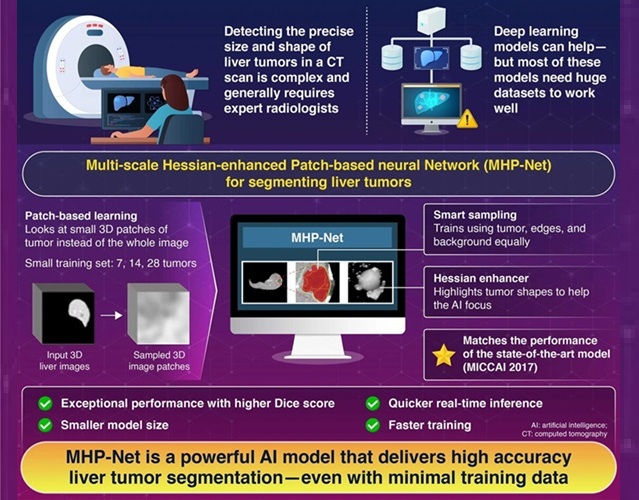
Groundbreaking AI Model Accurately Segments Liver Tumors from CT Scans
Liver cancer is the sixth most common cancer worldwide and a leading cause of cancer-related deaths. Accurate segmentation of liver tumors is critical for diagnosis and therapy, but manual methods by radiologists... Read more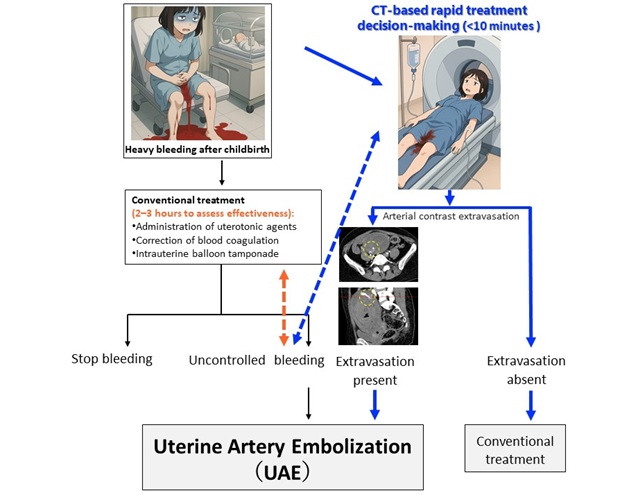
New CT-Based Indicator Helps Predict Life-Threatening Postpartum Bleeding Cases
Postpartum hemorrhage (PPH) is a leading cause of maternal death worldwide. While most cases can be controlled with medications and basic interventions, some become life-threatening and require invasive treatments.... Read moreImaging IT
view channel
New Google Cloud Medical Imaging Suite Makes Imaging Healthcare Data More Accessible
Medical imaging is a critical tool used to diagnose patients, and there are billions of medical images scanned globally each year. Imaging data accounts for about 90% of all healthcare data1 and, until... Read more
Global AI in Medical Diagnostics Market to Be Driven by Demand for Image Recognition in Radiology
The global artificial intelligence (AI) in medical diagnostics market is expanding with early disease detection being one of its key applications and image recognition becoming a compelling consumer proposition... Read moreIndustry News
view channel
GE HealthCare and NVIDIA Collaboration to Reimagine Diagnostic Imaging
GE HealthCare (Chicago, IL, USA) has entered into a collaboration with NVIDIA (Santa Clara, CA, USA), expanding the existing relationship between the two companies to focus on pioneering innovation in... Read more
Patient-Specific 3D-Printed Phantoms Transform CT Imaging
New research has highlighted how anatomically precise, patient-specific 3D-printed phantoms are proving to be scalable, cost-effective, and efficient tools in the development of new CT scan algorithms... Read more
Siemens and Sectra Collaborate on Enhancing Radiology Workflows
Siemens Healthineers (Forchheim, Germany) and Sectra (Linköping, Sweden) have entered into a collaboration aimed at enhancing radiologists' diagnostic capabilities and, in turn, improving patient care... Read more















